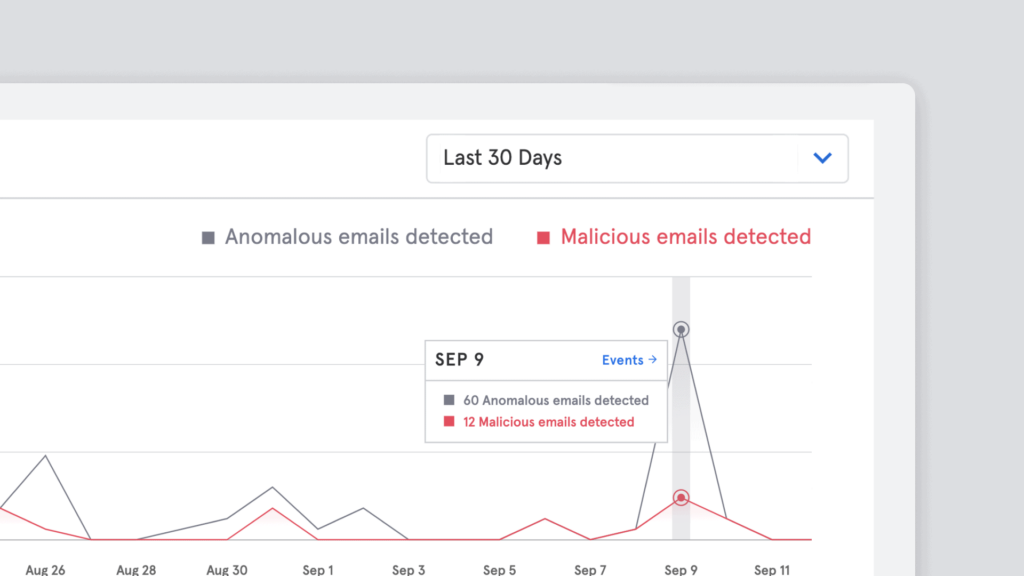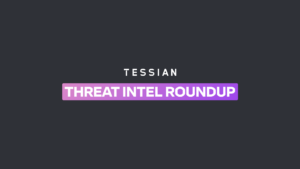Innovations in machine learning have fundamentally changed the email security landscape.
And in order to stay ahead, and to ensure that we are protecting our customers from new and advanced email threats, we need to continually improve our machine learning algorithms. Most recently, Tessian’s data science team updated our platform’s Behavioral Intelligence Modeling algorithms to detect advanced social engineering threats.
The result? A 15% increase in the detection of advanced email threats including impersonation spear phishing and account takeover (ATO) attacks.
The growing threat of advanced social engineering attacks
Social engineering attacks like impersonation and ATO attacks are a growing threat, with ATO attacks witnessing +300% growth over the last three years.
Impersonation and ATO attacks are a notoriously difficult type of advanced email threat to detect and prevent. This is because the threat actors either impersonate a trusted party or, in the case of ATO, the emails originate from a legitimate source, either within the organization from an already compromised account, or from a compromised vendor in the supply chain.
Traditional, rule-based email security solutions, like Secure Email Gateways (SEGs), which enterprises have been reliant on for decades, offer little protection against these types of attack. Why? Because legacy solutions like SEGs and built-in security from cloud providers are unable to detect adaptive and unknown threats with no prior indicators of compromise reported.
This makes the case for why security and risk management teams must move away from a rule-based approach to one that analyzes behavior instead.
This behavioral approach should leverage machine learning, Natural Language Processing (NLP), Behavioral Intelligence and Global Threat Feeds to automatically determine whether an email sent to an end-user at a particular time is an advanced threat.
A machine intelligent approach to email security
Encouragingly, an increasing number of security leaders are realizing the need to adopt machine intelligent solutions to tackle the persistent threat of advanced email attacks. In fact, over half of cybersecurity leaders (58%) surveyed in a 2022 Forrester Consulting report said that they are actively looking to displace SEGs for the next generation of email security solutions. These solutions, like Tessian, leverage machine learning to help organizations mitigate risk on email.
The importance of machine learning powered cybersecurity solutions was similarly recognized by IBM’s Cost of Data Breach Report for 2022. IBM reported that the average cost of a data breach was $3.05 million less in organizations that deployed security artificial intelligence (AI) versus those that had not. What’s more, 66% of security leaders from across the world believe that AI and Machine Learning enables faster threat detection on email and 56% say it makes threat detection more accurate.
Continual improvements to our algorithms are important to ensuring we quickly and accurately detect new and unknown threats on email – keeping our customers and their data safe and secure.
Learn more by speaking to our experts and seeing our machine learning algorithms in action.
Jhamat Mahbubani
Data Scientist II














